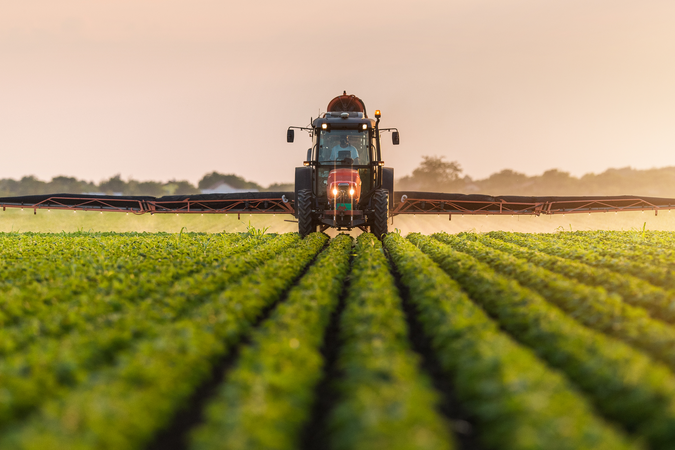The Bioeconomics of Conservation Agriculture and Soil Carbon Sequestration in Developing Countries
Improving soil carbon through conservation agriculture in developing countries may generate some private benefits to farmers, as well as sequester carbon emissions, which is a positive externality to society. Leaving crop residue on the farm has become an important option in conservation agriculture practice. However, in developing countries, using crop residue for conservation agriculture has theopportunity cost of feed for livestock. In this paper, we model and develop an expression for an optimum economic incentive that is necessary to internalize the positive externality. A crude value ofthe tax is calculated using data from Kenya. We also empirically investigated the determinants of the crop residue left on the farm and found that it depends on the cation exchange capacity (CEC) of thesoil, the prices of maize, whether extension officers visit the plot or not, household size, the level of education of the household head, and alternative cost of soil conservation.
Authors

Wisdom Akpalu

Anders Ekbom



